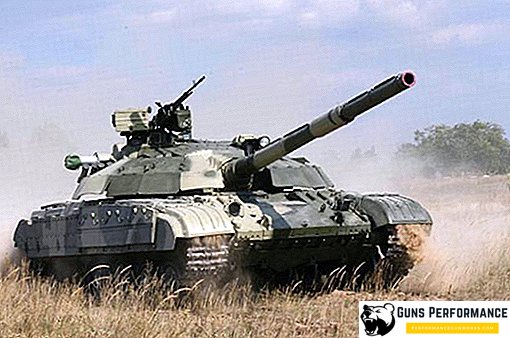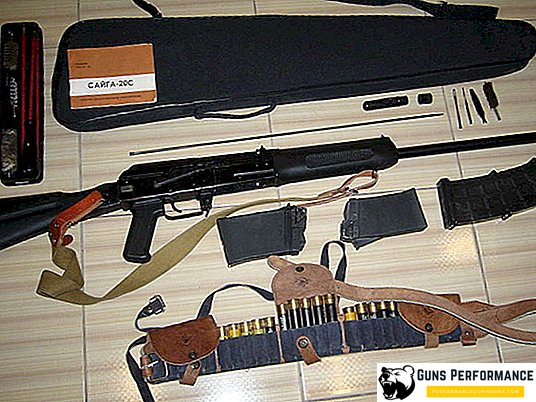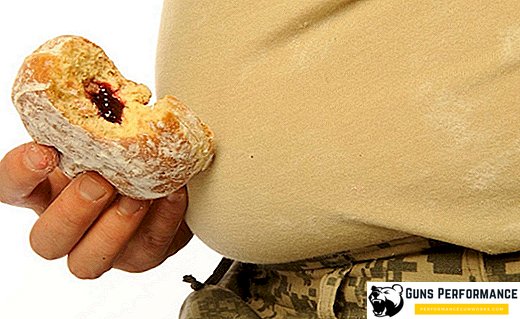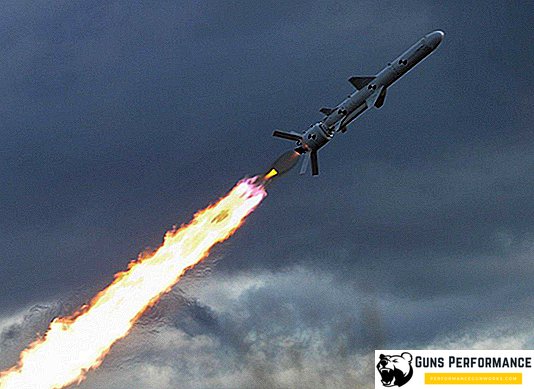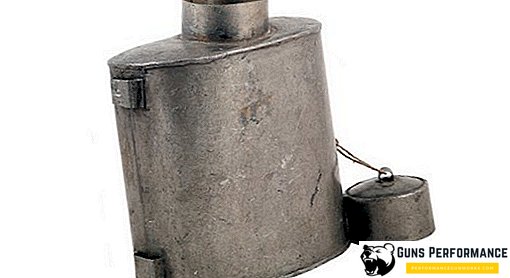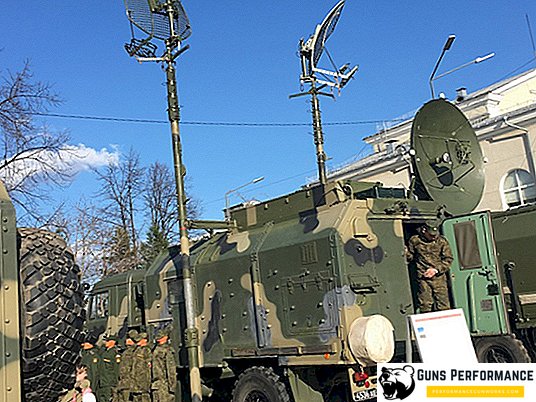F-1 fragmentation hand grenade is a reliable and effective means of defeating enemy personnel in a defensive battle. The effectiveness of the grenade is provided by the scattering of fragments formed from its cast-iron body at the moment of the explosion. The destructive force of these fragments remains at a distance of up to 200 m, which is its radius of destruction.

The history of the creation of the Russian grenade F-1
The main systems for developing the first version of the Russian grenade were the following systems that were in service at the beginning of the last century:
- F-1 French hand grenade;
- English grenade system Lemon.
That is what explains the labeling of the grenade, which is used in the Russian army to date, as well as its widespread nickname "Lemon".
In the early Russian version, the Koveshnikov system was set far from perfect, the explosion delay time of which was 6 seconds. For the first time this defensive grenade was modernized in 1939. Two years later, in 1941, the fuse of the Vincenz system was installed in it, delaying the grenade explosion by 3.5 - 4.5 seconds. Later this element began to be called the unified fuse of hand grenades (UZRG), which until the eighties of the last century was a single fuse for all developed fragmentation hand grenades. Its characteristics have met and continue to meet the requirements of modern melee.

Technical characteristics of grenades F-1
- F1 grenade weighs 600 g;
- explosive mass - 60-90 g
- case diameter - 55 mm;
- case height, including the fuse - 117 mm.
F-1 grenade device
Hand grenade consists of:
- metal case;
- fuse UZRGM;
- explosive charge.
The hull is the location of the firing mechanism, the drummer of which is guided by a puck reinforced inside the grenade. In addition, the fuse is screwed into the case, equipped with a threaded sleeve.
The scheme of the device of the firing mechanism assumes the presence of:
- safety lever;
- safety checks with a ring;
- drummer with a mainspring.
The detonator is in a metal case, and its device includes:
- blasting cap;
- primer-igniter;
- powder retarder.

How does the f-1 grenade fuse work
In the normal state, the firing pin is loaded with a mainspring and fixed with the help of a safety lever plug, which is connected with its shank. The upper end of the mainspring rests on the chamfer of the guide washer, and the lower end - on the chamfer of the drummer. The safety lever is secured with a pin of the safety check inserted into the holes of the case and the lever.

After removing the safety check, the fighter must hold the lever with his hand. When throwing, the spring causes the lever to rotate, with the result that the drummer is released. The mainspring pushes him, and he punctures the body of the primer-igniter, which causes a moderator to ignite. After the burnout of the latter, the fire reaches the charge of the detonator, which causes the explosion of the F1 grenade.
Features of using "Limonka"
The explosion of a warhead is the reason that the body of the grenade is crushed into fragments, having the following characteristics:
- quantity - about 290 pieces;
- initial speed - 730 m / s;
- damage radius - 200 m;
- reduced damage area - up to 82 square meters. meters
Grenades are delivered to military units in wooden boxes, each containing 20 lemon leaves and two metal boxes containing 10 fuses each. Boxes are opened with the help of knives located in the same place. The weight of each box is 20 kg.
Marking put on each box, are specified:
- name of fuses and grenades;
- the number of grenades;
- garnet weight;
- name of the manufacturer;
- batch number;
- sign of danger.

The resulting ammunition is placed in pomegranate bags or in special pockets of unloading vests. Each hand grenade is placed separately from its fuse. Grenades are filled with fuses immediately before the battle, from the grenade unused in battle, the fuses are removed and stored separately. When transported in armored vehicles, grenades and fuses are also individually packed in special bags.

Fuses and grenades before packing into the bag undergo a thorough inspection. The shells of every grenade and fuze must not have dents and rust marks. If there are cracks or green deposits on the fuse, then it should not be used. In addition, you must make sure that the cheeks of the safety checks are divorced, and that there are no cracks on the bends.
All ammunition should be protected from moisture, fire, shock, jolts and dirt. If they have been contaminated or stained, they should be wiped and dried as much as possible, but not close to fire. Drying of grenades should be carried out under constant supervision. Frag defensive grenade, like any other, can only be used by fighters who have undergone special training.
Preparation and throwing of the defensive grenade F-1

Preparation of a grenade and its throw are made in three steps:
- the ammunition is taken in such a way that the safety lever is pressed tightly against the body;
- the antennae are unclenched on a security check;
- the check is pulled out, and the grenade immediately rushes to the target.


